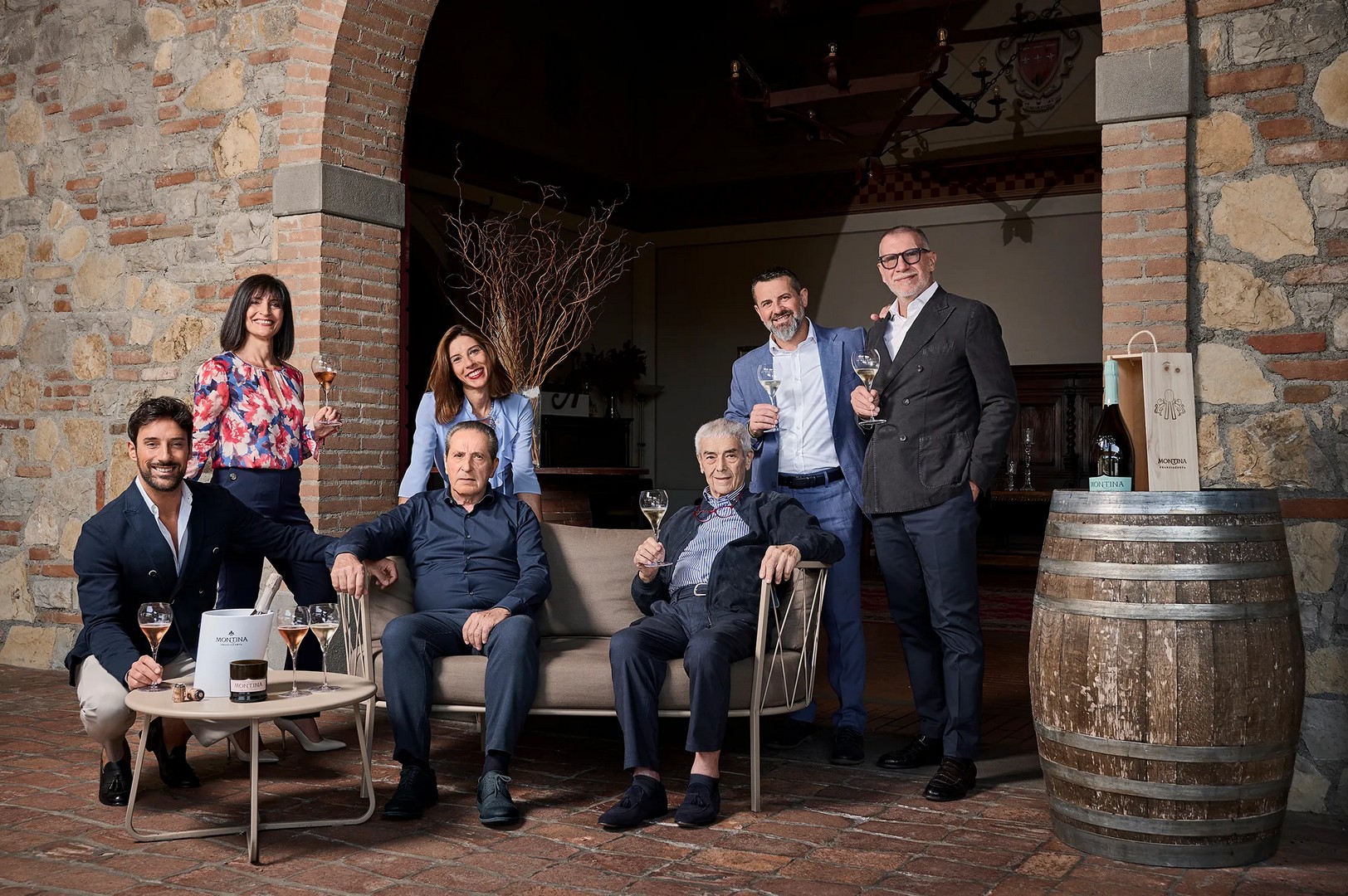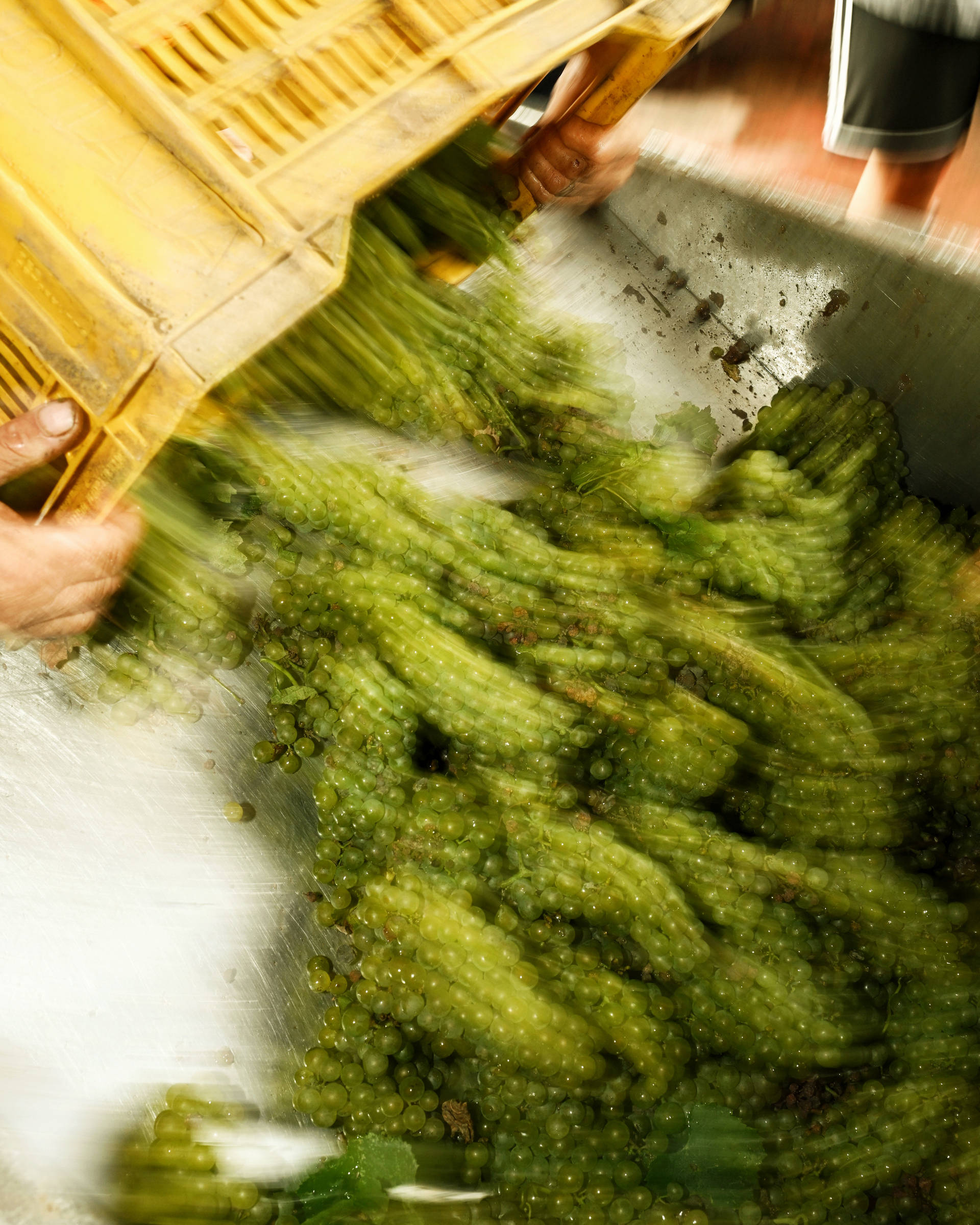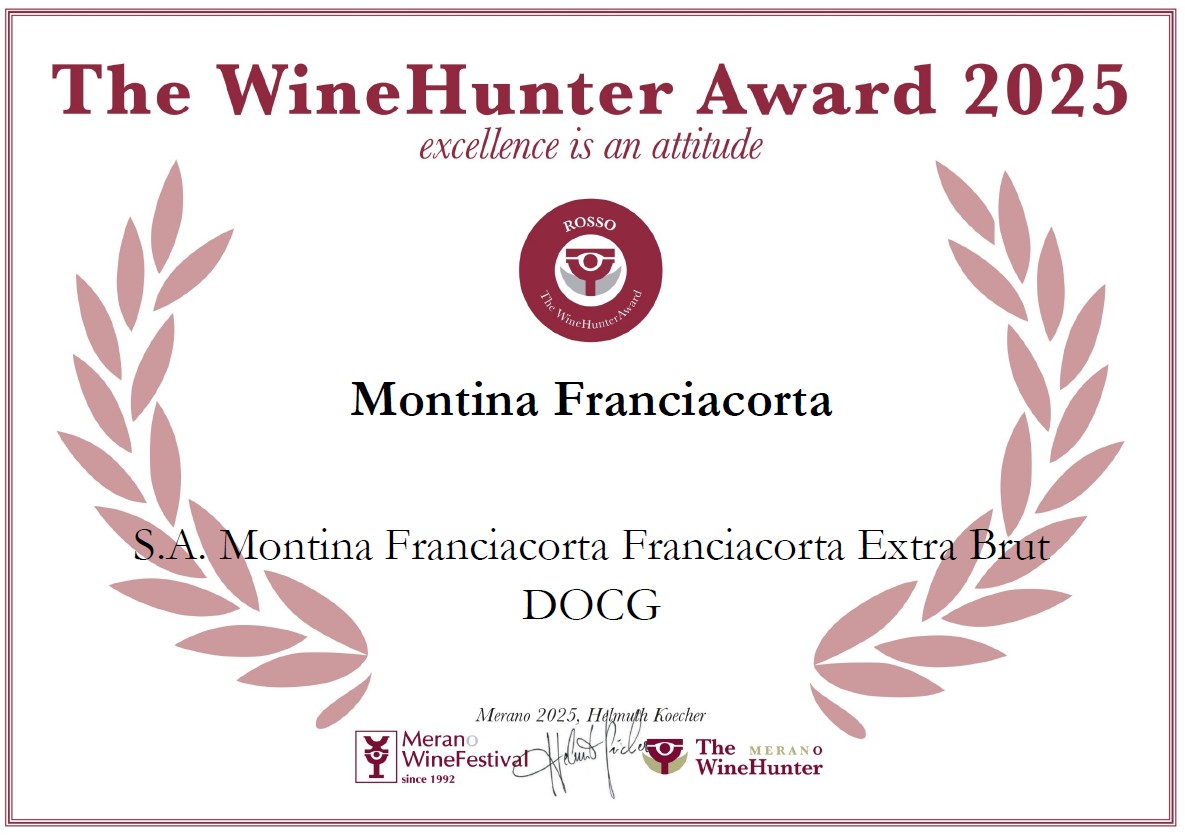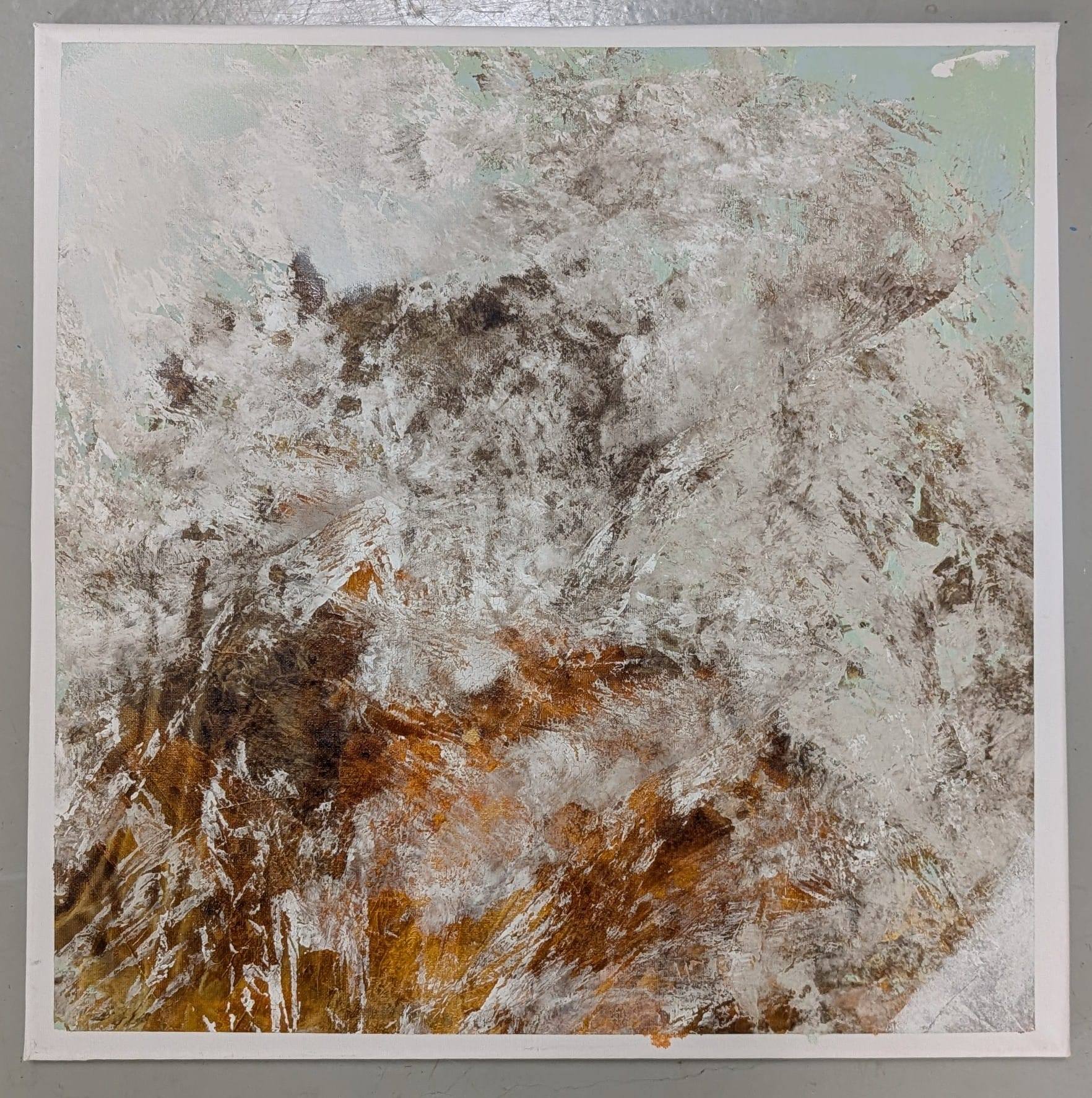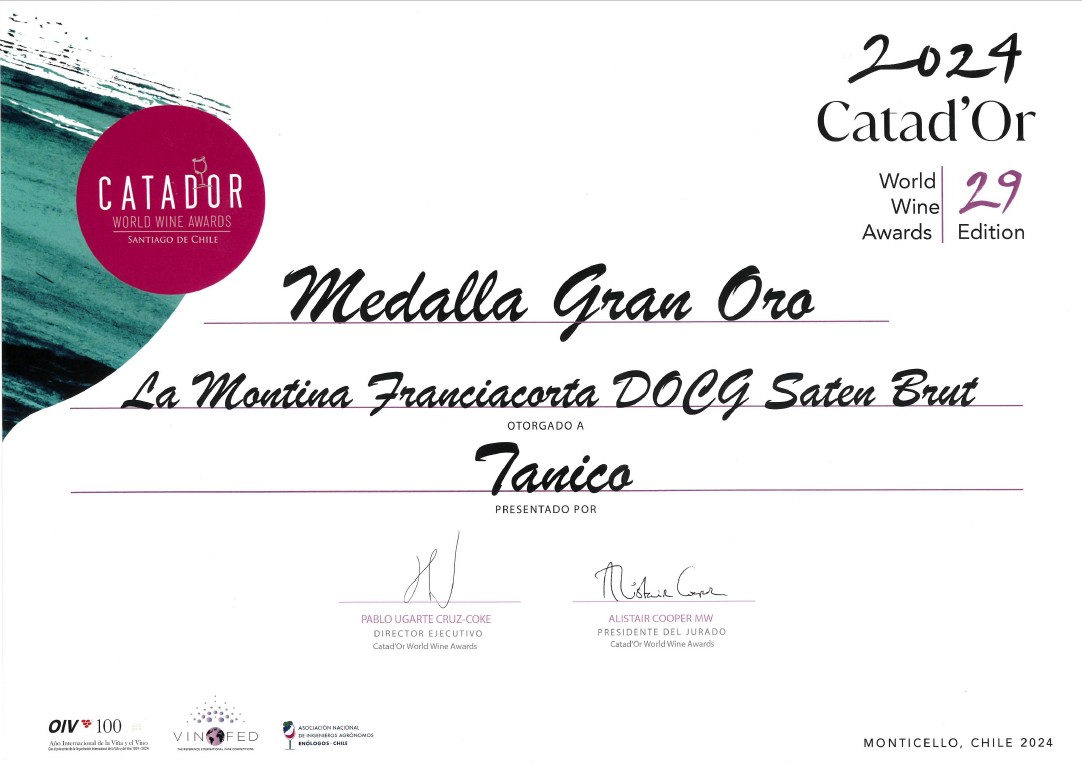How a Vineyard Is Born in Franciacorta
From soil selection to planting the young vines
 Behind every bottle of Franciacorta lies a long and meticulous journey—one that begins well before harvest. It all starts in the vineyard: that’s where the quality of the future wine takes shape. But how is a new vineyard established? And what factors influence the choice of location, grape variety, and planting system?
Behind every bottle of Franciacorta lies a long and meticulous journey—one that begins well before harvest. It all starts in the vineyard: that’s where the quality of the future wine takes shape. But how is a new vineyard established? And what factors influence the choice of location, grape variety, and planting system?
- Choosing the Site: Soil and Microclimate First
Franciacorta is a unique region, shaped by ancient glaciers and defined by a mosaic of morainic, sandy, silty, and clay-rich soils. Selecting the right spot for a new vineyard is never random—it requires an in-depth evaluation of exposure, altitude, soil composition, and drainage capacity. Natural ventilation and proximity to Lake Iseo also play a crucial role in shaping the microclimate.
👉 Well-drained soils, rich in minerals and gravel, are key to developing aromatic finesse and the aging potential of the grapes.
Currently, Montina is planting two new vineyards in symbolic areas of Franciacorta: one in Gussago, the most hilly and eastern part of the appellation, and the other in Provaglio d’Iseo, near the Torbiere nature reserve—an area with a strong winemaking tradition.
- Choosing the Grape Variety and Rootstock
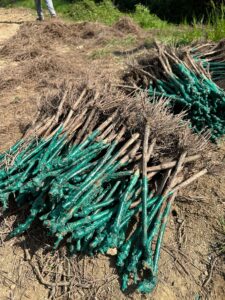 The Franciacorta DOCG allows mainly Chardonnay, Pinot Noir, and, to a lesser extent, Pinot Blanc and Erbamat. The choice depends on the winemaking goals and the natural aptitude of the site.
The Franciacorta DOCG allows mainly Chardonnay, Pinot Noir, and, to a lesser extent, Pinot Blanc and Erbamat. The choice depends on the winemaking goals and the natural aptitude of the site.
Each vine is grafted onto a rootstock, selected based on soil type and vigor. Some rootstocks perform better in calcareous soils, others in moist or sandy environments. This is a key technical decision that directly affects the vineyard’s health and productivity.
- Preparing the Soil
Before planting, the land is carefully worked to ensure optimal oxygenation and drainage:
- Deep subsoiling (up to 70 cm) to break up compaction
- pH correction and organic amendments, if needed
- Precise marking of planting rows using stakes
- Planting Density and Spacing
In Franciacorta, a medium-high planting density is typical: 5,000–6,000 vines per hectare, with 2.2 meters between rows and 0.7 meters between vines.
- Optimal sun exposure
- Proper air circulation (crucial for disease prevention)
- Balanced growth and yield for high-quality grapes
- Training System
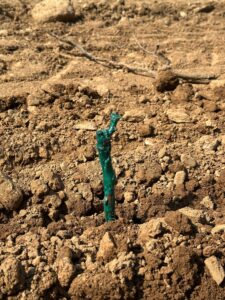 The most common system in Franciacorta is Single Guyot, which is ideal for mechanization and yield control. In some cases—especially with Pinot Noir—a cordon spur system is used for easier canopy management.
The most common system in Franciacorta is Single Guyot, which is ideal for mechanization and yield control. In some cases—especially with Pinot Noir—a cordon spur system is used for easier canopy management.
👉 Trellising includes galvanized steel or concrete posts and tensioned wires where the vine grows. The first two years are dedicated to shaping the vines; only from the third year does the vineyard begin producing its first usable harvest.
- Next-Generation Vineyard Practices
At Montina, we follow low-impact, integrated viticulture techniques, and employ the Simonit & Sirch pruning method—a respectful approach that extends vine lifespan and prevents trunk diseases.
Establishing a vineyard is not just agricultural work—it’s a long-term investment that shapes the next generation of wines. This is where quality begins. This is where every bottle of Franciacorta Montina starts its story.
Gussago Vineyard
Planted Variety: Chardonnay (with a selection of clones aimed at balancing aromatics and acidity)
Soil Profile: Deep soils with low to moderate gravel content, loamy topsoil, and clay-loam or silt-clay-loam subsoil. pH ranges from neutral to slightly alkaline, with moderate drainage. These pedological conditions—typical of the hills of Gussago—combined with strong day–night temperature shifts, are expected to encourage expressive floral aromas and balanced ripening.
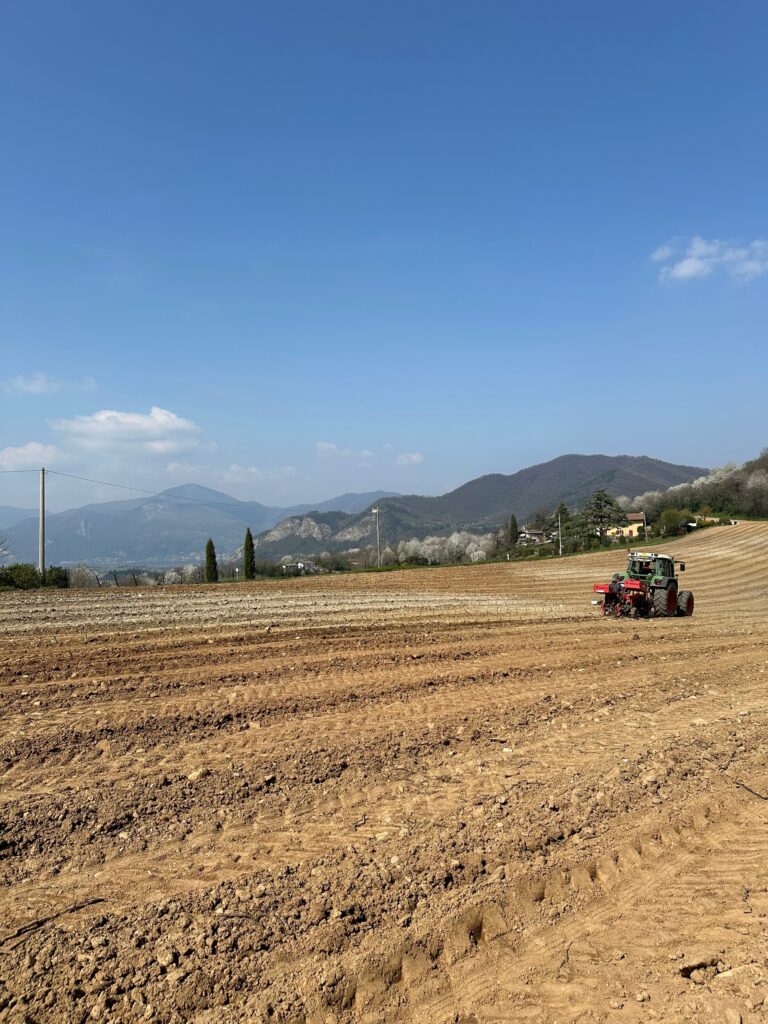
Provaglio d’Iseo vineyard
Planted Variety: Pinot Noir, selected to highlight the freshness and tension typical of this terroir
Soil Profile: Shallow soils with a compact sandy-silt sublayer, rich in gravel and stones. The texture is sandy-loam, with alkaline to slightly alkaline pH and rapid drainage. Due to the vineyard’s 330 m elevation and proximity to Lake Iseo, we anticipate an early ripening, high sugar accumulation, and complex aromatic profiles—especially vegetal and spicy notes.
Every agronomic decision—from the vineyard’s location to the clone selection—leaves a profound mark on the wine to come. It is the connection between land, climate, and human know-how that shapes the identity of a Franciacorta.
👉Discover how Montina brings this connection to life in this Forbes feature article: “Montina Franciacorta: The Elegance of the Land, Between Vineyards and History”.


